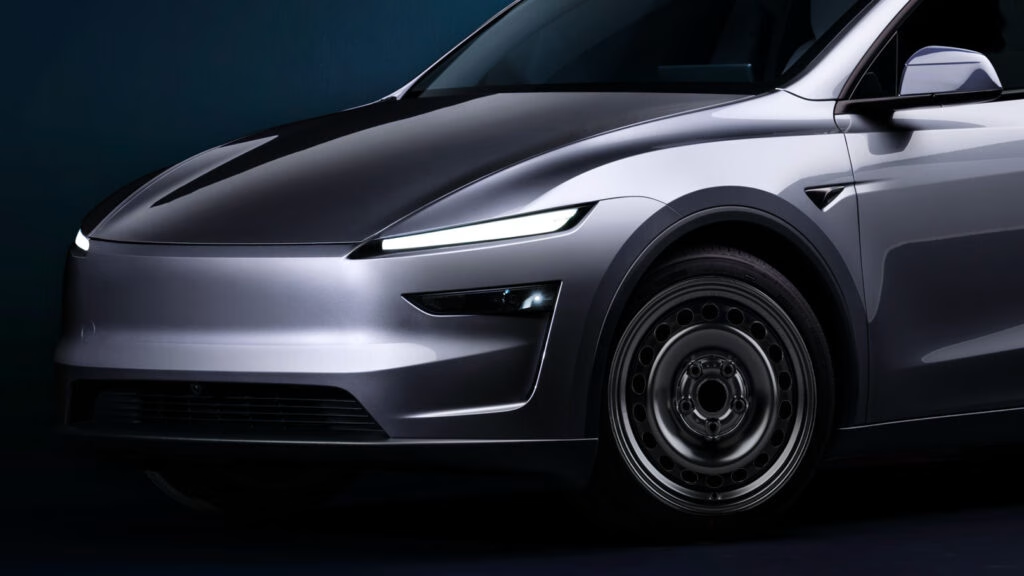Tesla’s Journey Towards Affordable Electric Vehicles: What You Need to Know
The electric vehicle (EV) market has been rapidly evolving, and Tesla has been at the forefront of this transformation. However, recent developments have raised questions about the company’s strategy and future offerings, particularly regarding its more affordable models. Here’s a closer look at Tesla’s plans for a cheaper Model Y and a stripped-down Model 3, as well as the implications of these changes for consumers and the broader EV market.
Understanding the Delay of the Affordable Model Y
Tesla initially aimed to launch a more affordable, smaller variant of the Model Y in the first half of 2025. This model, codenamed E41, was expected to be at least 20% cheaper to produce than the current Model Y, which would ideally help boost sales amidst declining demand. However, recent reports indicate that the launch has been delayed by several months, with mass production now anticipated to ramp up in early 2026.
The reasons behind this delay remain somewhat unclear, but industry analysts suggest that the slowdown is linked to several factors, including increased competition in key markets like China and the impact of CEO Elon Musk’s recent political engagements. The company is now targeting the production of approximately 250,000 units of this new model in the United States, focusing on meeting the needs of U.S. customers first.
The Competitive Landscape and Consumer Demand
Tesla’s challenges are not merely logistical; they are also deeply rooted in the competitive landscape of the EV market. As more automakers enter the space, particularly in China, Tesla faces mounting pressure to innovate and maintain its market share. The brand’s recent decline in annual deliveries underscores the urgency for Tesla to introduce more affordable options that appeal to a broader audience.
A recent study by the International Energy Agency (IEA) highlighted that the demand for EVs is increasingly driven by affordability and accessibility. Consumers are looking for vehicles that not only meet their environmental concerns but also fit within their financial constraints. The anticipated lower-priced Model Y could address this gap, but the delay raises concerns about whether Tesla can effectively compete with emerging brands offering similar features at competitive prices.
Exploring the Stripped-Down Model 3
In addition to the delayed Model Y, Tesla is also planning to introduce a stripped-down version of the Model 3. While details are still emerging, this basic variant is expected to focus on cost reduction by eliminating certain features. For instance, the new model may replace leatherette seats with cloth options and reduce the number of speakers, similar to the adjustments made in the base version of the Cybertruck.
This approach aligns with Tesla’s strategy to make EVs more accessible to a wider demographic. However, it also raises questions about the trade-offs consumers might face regarding comfort and technology. As Tesla navigates these changes, it will be crucial for the company to balance cost-cutting measures with the quality and performance that have defined its brand.
The Future of Tesla’s Affordable Offerings
One of the most significant shifts in Tesla’s strategy is the abandonment of the much-anticipated $25,000 “Model 2.” Originally promised by Musk in 2018, this entry-level EV was envisioned as a game-changer for the market. However, the focus has now shifted towards more practical models like the E41 and the stripped-down Model 3, which may better align with current market demands.
Despite the challenges, Tesla is reportedly increasing its North American sourcing of parts to mitigate the impact of tariffs on the E41. This strategic move could help stabilize production costs and ensure that the new model remains competitive in pricing.
Conclusion: Navigating Uncertainty in the EV Market
As Tesla grapples with delays and strategic shifts, the future of its affordable EV offerings remains uncertain. The company is at a crossroads, needing to adapt quickly to a changing market while maintaining its reputation for innovation. For consumers, this means keeping an eye on the evolving landscape and being prepared for new options that may soon become available.
Ultimately, Tesla’s ability to deliver on its promises of affordability and accessibility will be crucial in determining its success in the increasingly crowded EV market. As the company works to launch these new models, consumers and investors alike will be watching closely to see how Tesla navigates these challenges and seizes opportunities in the future.

